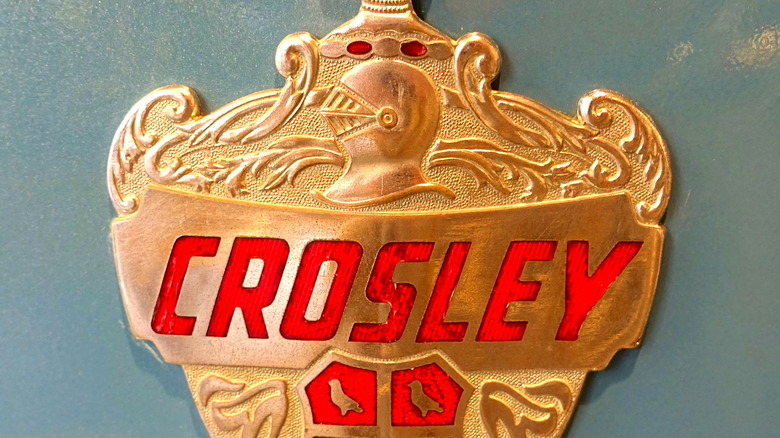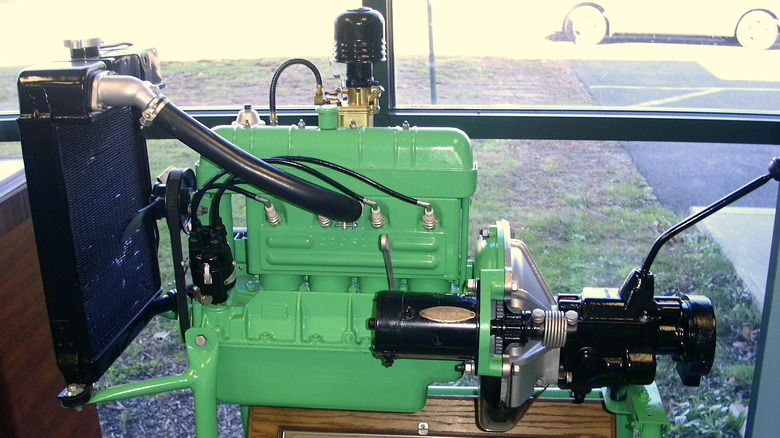Here's How The Crosley Cobra Got The Name 'Sheet Metal Engine'
Crosley Motors is arguably not a name well known outside of circles frequented by hardcore automotive historians. That's largely because the brand name has long been associated with the production of home appliances, radios, and, these days, kitschy retro-tinged turntables. But in the late-1930s, company founder Powel Crosley Jr. set his sights on manufacturing low-cost automobiles for American consumers, delivering its historically budget-friendly compact convertible in 1939. Though the manufacturer continued to manufacture cars and engines throughout the 1940s and early-50s, the small car craze Powel envisioned never materialized in America, with the company folding its automotive wing in 1952.
During the war-torn 1940s, however, the Cincinnati-based company was tasked with contributing to America's war efforts abroad, with its Cobra Engine eventually serving as a lightweight power supply used by the US Navy. Turns out, the engine was actually designed by Lloyd Taylor without the participation of Crosley in 1937. When Powel caught sight of Taylor's Cobra in 1943, he was so impressed he reportedly took an exclusive license on the engine's patent. Powel promptly brokered a deal with the Navy, and a year after WWII ended was using the Cobra to power his automobiles.
Cobra was hardly just a cool name Taylor conjured for his inline four-cylinder engine. Rather, it's an acronym for the Copper Brazing technique used in its manufacturing, which found Taylor utilizing pressed steel components instead of iron. Yes, that approach soon earned the Cobra affectionate nicknames like "Sheet Metal Engine" and "The Mighty Tin."
Crosley's 'Sheet Metal Engine' eventually powered America's first post-war sports car
With World War II ending in 1945, Crosley Motors promptly got back to making small, fuel efficient cars for Americans. The first of their post-war fleet hit the road in 1946, with Lloyd Taylor's war-tested Cobra Engine under the hood. As it was, the sheet metal construct of the small, but suitably powerful Cobra was a solid match for the Crosley concept, which was predicated on making lightweight vehicles that didn't need a massive motor to move.
So solid a pairing was the "Sheet Metal Engine" with the company's cars and trucks, Crosley kept making and outfitting its vehicles with the Cobra through 1949. That production run ensured a special place in automotive history for the sheet metal marvel as 1949 was the year the company released its famed two-door Hotshot on the motor loving masses.
The Hotshot is recognized as the first sports car to be released in post-war America, pre-dating icons like the Chevrolet Corvette (1953) and the Ford Thunderbird (1955). That means America's first sports car was indeed powered by the final iteration of the "Sheet Metal Engine," which was phased out in 1950 models in favor of a more durable cast iron build. Though the Cobra's run was relatively brief, the mighty sheet metal beast earned its place alongside the likes of the Rolls-Royce Merlin as one of the most innovative engines to emerge from America's WWII era — even if it is also ranks among the most frequently overlooked.

